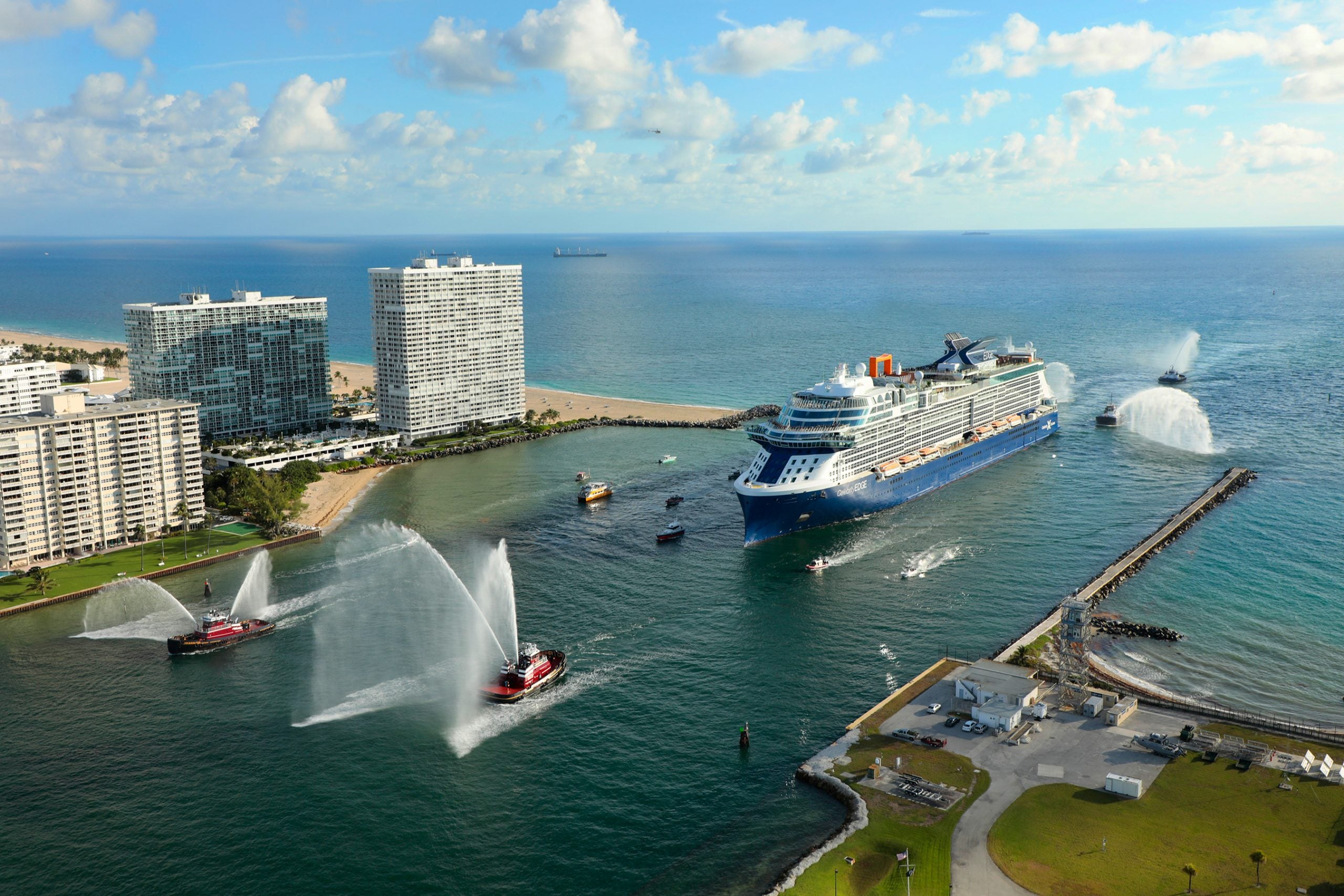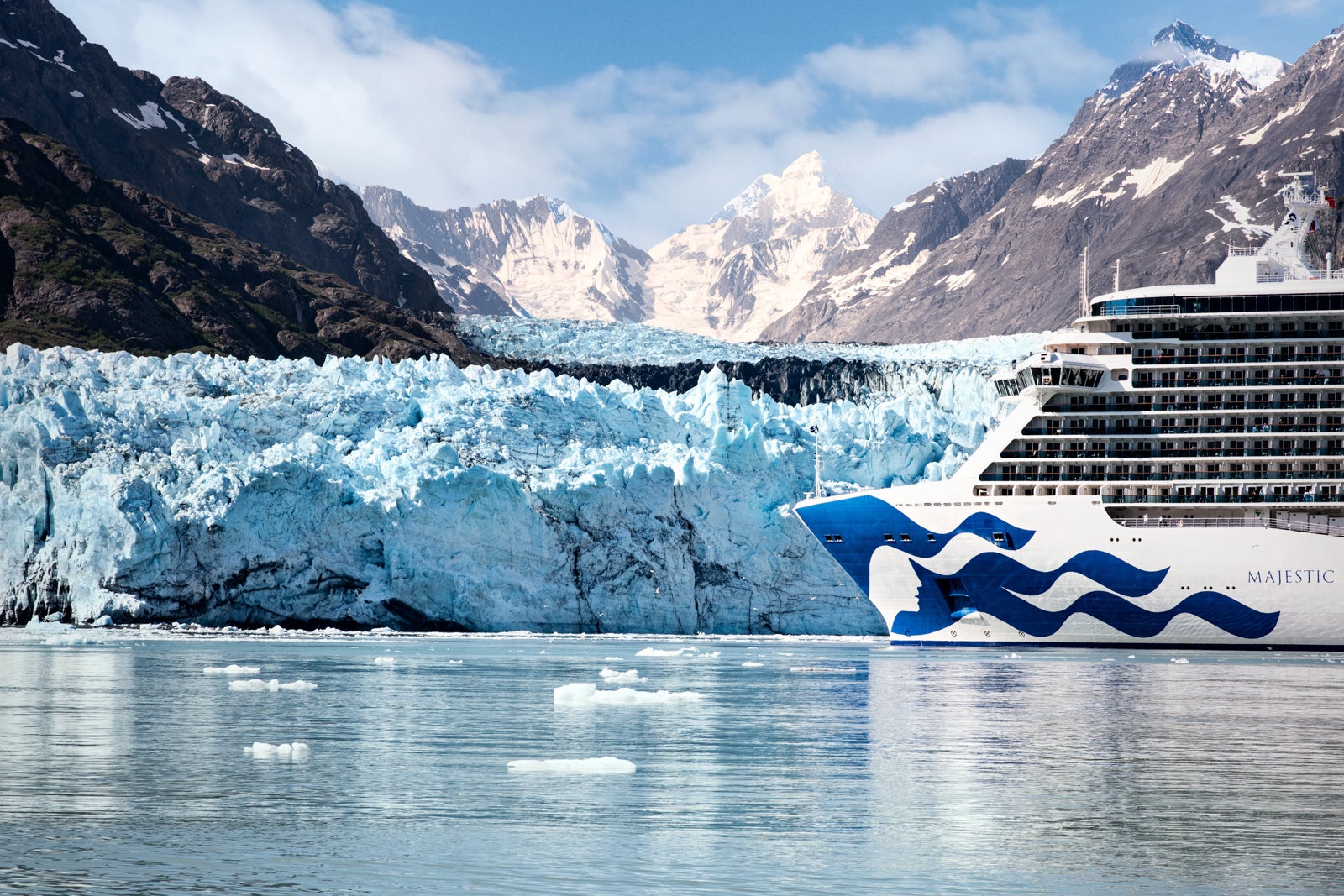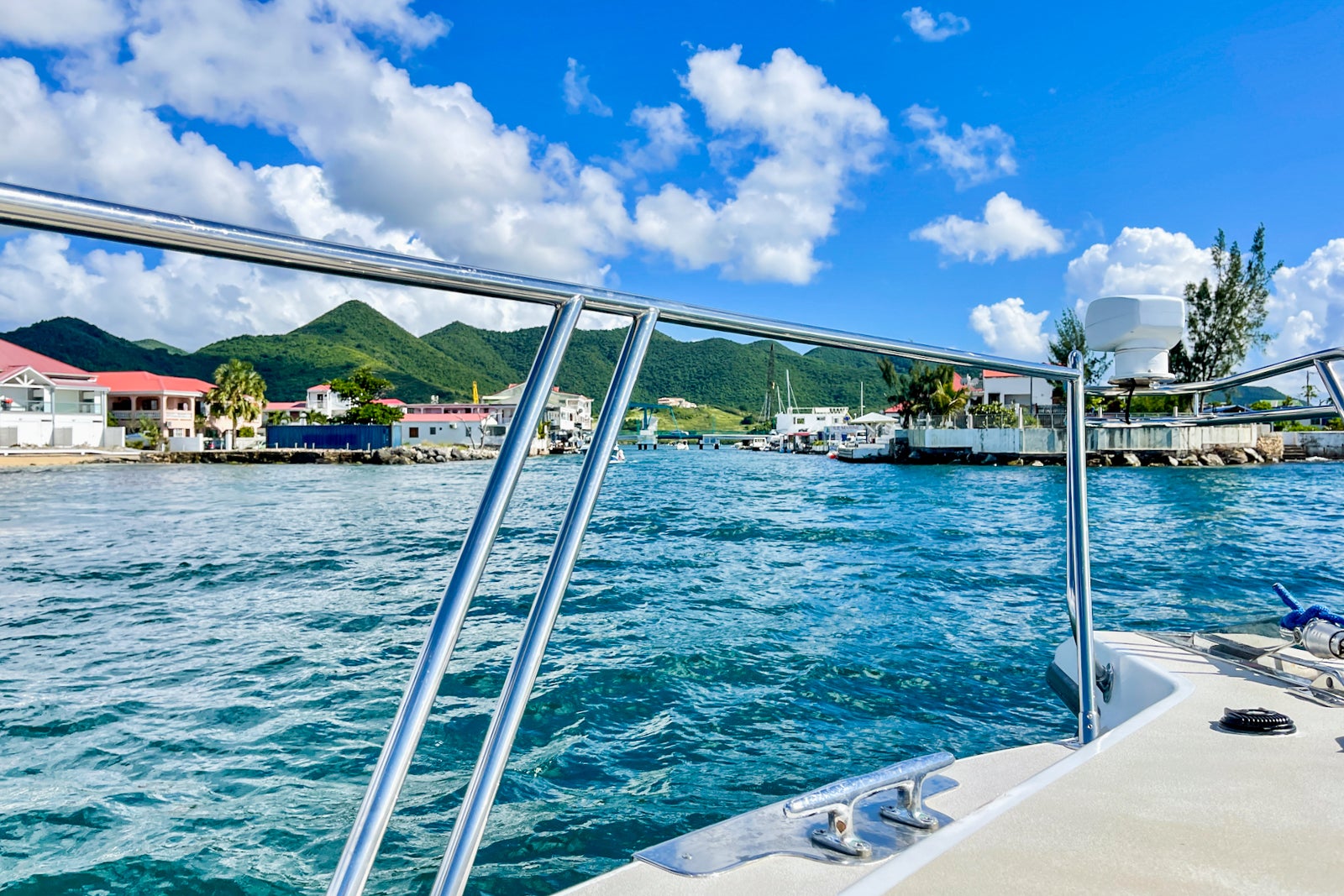Do you need a passport to go on a cruise? The answer is both yes and no.
Whether you need a passport depends on numerous factors, including where you embark and disembark the ship, where you’re sailing to and which line you’re cruising with. There’s no definitive answer — and it can be confusing.
If you’re planning a cruise and have questions about where you can travel without a passport, here’s everything you need to know before you go.
For cruise news, reviews and tips, sign up for TPG’s cruise newsletter.
Where can I cruise without a passport?
If you’re a U.S. citizen and don’t have a passport, you actually have quite a few cruise options.
You might be surprised to learn that U.S. citizens don’t need a passport to sail on “closed-loop” cruises with lines like Celebrity Cruises, Norwegian Cruise Line, Carnival Cruise Line and Princess Cruises, among others.
A closed-loop cruise is one that departs from and returns to the same U.S. port and remains in the Western Hemisphere. Passengers aren’t required to have a U.S. passport — even if your cruise stops at some international ports.
These voyages sail to destinations in North America, such as the Caribbean, the Bahamas, Bermuda, Mexico, Central America, Alaska and Hawaii. They depart from such home ports as Miami, Seattle, Los Angeles, New York City and Galveston, Texas.
Related: The best Caribbean cruise for every type of traveler

Daily Newsletter
Reward your inbox with the TPG Daily newsletter
Join over 700,000 readers for breaking news, in-depth guides and exclusive deals from TPG’s experts
The rules also apply to Caribbean islands that are U.S. territories. For instance, you won’t need a passport to fly to and cruise out of San Juan, Puerto Rico, or St. Thomas in the U.S. Virgin Islands.
However, if you embark in one U.S. port and disembark in another, it’s not the same as a closed-loop sailing. For example, a Panama Canal cruise that begins in Miami and ends in San Diego will require a passport. Longer cruises, like grand voyages that sail round trip from the U.S. but visit countries outside North and Central America, will also require a passport.
Any cruises where you need to fly to or from a foreign country, including Canada, will necessitate a passport.
Are there exceptions for needing a passport on a closed-loop cruise?
Yes. Even if you’re on a closed-loop sailing, certain islands in the Caribbean — Guadeloupe, Martinique, St. Barts, Barbados and others — require a passport for entry. It’s your responsibility (not your cruise line’s) to learn the requirements of each of the destinations you’re visiting before you go.
If you don’t have a passport and your ship stops at one of these islands, you’ll have to stay on board. If you want to cruise without a passport, choose itineraries where you know you can get off the ship and enjoy your day in port.
Related: Shore excursions: What new cruisers need to know
To make things even more confusing, you can get off the ship in port in Vancouver, British Columbia, during an Alaska cruise without a passport, but to cross over into the Canadian province by rail, you’ll need one. You can visit Alaska on a round-trip Seattle cruise without a passport. However, if you wish to book a rail journey excursion on the White Pass and Yukon Route, which takes you from Alaska into Canada, choose the shorter White Pass Summit tour; you’ll need a passport for the longer trips.
There are also exceptions when you’re traveling with children. Princess Cruises and Holland America require that at least one parent carry a passport, even if you’re on a closed-loop sailing. Some lines always require a passport for all travelers, no matter the itinerary, including Regent Seven Seas Cruises, Azamara, Windstar Cruises, Silversea Cruises, Oceania Cruises and Seabourn. Also, note that for any international travel, your passport must be valid for at least six months after the last day of travel.
What type of ID do you need to carry for a closed-loop cruise if you don’t have a passport?
U.S. Customs and Border Protection states that if you’re cruising without a passport, you’ll need proof of identity and U.S. citizenship in the form of a state-issued birth certificate. It also requires a government-issued driver’s license or photo ID with your name and date of birth.
Another option is a passport card, a photo ID issued by the government that proves your citizenship and permits border crossings by land and sea from Canada, Mexico, the Caribbean and Bermuda. (This card cannot be used for international air travel and therefore costs less than the traditional passport book.)
An enhanced driver’s license is another alternative that you can use for land and seaport crossings but not for international flights.
If you don’t have a passport, these documents might also be sufficient to show customs officials in some Caribbean islands. For example, if you disembark in St. Maarten (on the Dutch side) and then take a boat over to Anguilla on an excursion, you will need a passport, a certified birth certificate and photo ID, a passport card or an enhanced driver’s license. St. Maarten doesn’t require the documents, but Anguilla does.
It’s best to check the requirements for each island you’ll be sailing to, as well as additional destinations you might visit on a port call. They might require different documentation for entry.
If you are cruising with kids younger than 16 on a closed-loop cruise, you’ll need to bring a certified copy of their original birth certificate for identification. They do not need a photo ID.
No matter which documents you bring, it’s a smart idea to take copies of them (either paper ones or photos on your phone) when you leave the ship in case something happens and you lose your passport while you’re ashore. Always carry some type of photo identification, like a driver’s license, when you head into port.
What happens in case of an emergency if I don’t have a passport?
If you had an emergency and were forced to disembark due to illness or another reason in the Caribbean, Mexico, Central America, the Bahamas, Bermuda or Canada, you would need a passport to return home by plane. On the rare occasion of a ship evacuation or diversion to another country to disembark, a passport would also be essential for getting home.
Related: Trip wrecked: 7 ways to prepare for any kind of travel disaster
If you find yourself without a passport but in need of one, you must locate and contact the nearest U.S. embassy or consulate and request an emergency limited-validity passport in order to fly home. The process requires explaining your urgent situation, completing an application and showing your travel documents, photo identification and proof of citizenship. You will also need to take a passport-size photo and pay the required fees. While this type of passport can be issued within as little as a day, it could take up to a week to receive it.
Bottom line
Cruise lines recommend that every passenger have a passport when traveling, even on closed-loop cruises when one isn’t strictly necessary. It’s the best way to prove your identification and citizenship and is an essential item if you unexpectedly get stranded abroad. It’s also less cumbersome than carrying the required documents and papers with you wherever you go.
There’s no better time to apply for a passport than now. It can take six to eight weeks (expedited wait times are two to three weeks) for a routine passport to be issued, so you always want to plan ahead.
It costs $165 to acquire a new passport, plus the cost of your photo fee, which is around $17. The fee might be why many Americans choose to go without one. However, an adult passport is valid for 10 years — and you can travel to most places in the world with just a passport and no visa.
While it is possible to cruise without a passport, it’s worth the peace of mind to know that you can get off the ship and do what you want to do while on vacation and then be able to get home again should anything unexpected happen. However, if you don’t have a passport or don’t wish to get one, you can still cruise — you’re just limited to North American cruises sailing round trip from U.S. departure ports.
Planning a cruise? Start with these stories:




